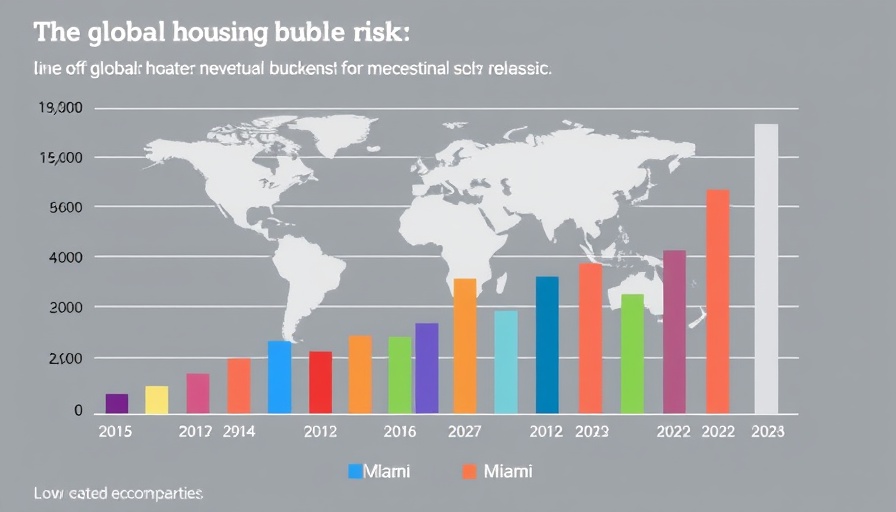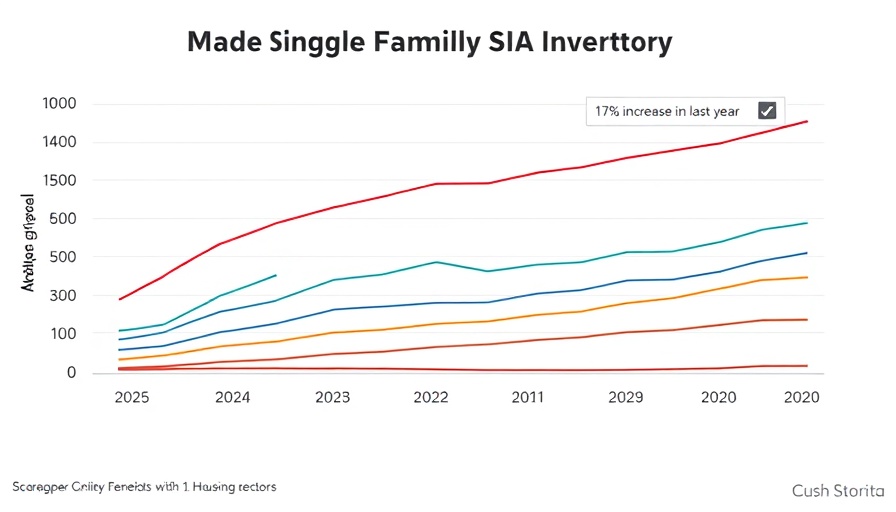
Understanding the Miami Housing Market's True Value
The debate surrounding Miami's housing market intensified with the recent report from UBS, which labels the city as bearing the "highest bubble risk" in the world. However, local real estate experts are pushing back against this assessment, advocating for a deeper examination of the factors driving Miami's vibrant real estate scene.
Local Experts Challenge Bubble Classification
According to the UBS Global Real Estate Bubble Index, Miami ranks above major cities like Tokyo and Zurich in terms of bubble risk. This designation is largely based on metrics like price-to-rent ratios and concerns around affordability.
However, experts such as Ana Bozovic from Analytics Miami and Tim Weisheyer from Florida Realtors argue that the headline is misleading. They point out that Miami’s all-cash transaction rate—over 70% in the condo market—differentiates it from past bubbles characterized by speculative debt-driven spikes. Bozovic asserts that many investors purchasing homes in Miami are not reliant on loans, which significantly alters the dynamics typically associated with housing collapses.
What Sets Miami Apart?
Factors that bolster Miami’s real estate market include a robust job market and an influx of domestic wealth, mainly from states with higher tax burdens. This migration has intensified demand in the luxury sector of the market. According to Bozovic, when looking at transactions above $3,000 per square foot, there has been a staggering 3,400% increase compared to pre-COVID levels.
Responding to Criticism: The Case of Cash Transactions
Cash sales, which often signal stability in a housing market, have been a pivotal point in the local experts' defense. The lack of reliance on mortgage financing creates a buffer against the kind of economic downturns that have impacted other cities in the past.
Furthermore, Weisheyer cautions against conflating Miami's current situation with the 2008 financial crisis. He notes that the previous crash was driven by unsustainable debt. In contrast, Miami's market, buoyed by cash buyers, is less likely to experience a similarly catastrophic collapse. The ongoing strength in domestic wealth indications underscores this point.
Future Insights: What Lies Ahead for Miami’s Market?
As we look to the future, market participants must remain aware of economic signals that could change the landscape. The anticipation of a cooling market should be paired with the understanding that a "precipitous drop" in real estate prices is not imminent, according to the UBS report.
The constant evolution of the market will necessitate vigilance among industry players, particularly real estate agents who must navigate these complex realities. Addressing current supply-demand imbalances, alongside rising interest rates, will play a crucial role in shaping future market dynamics.
Conclusion: Challenges and Opportunities in Perspective
Ultimately, while headlines may paint Miami’s housing market in a perilous light, local experts urge a more nuanced interpretation. Understanding the unique factors contributing to its current state helps prevent overreaction to sensationalized reports. For real estate agents, leveraging local knowledge is vital to guide clients in making informed decisions in this evolving landscape.
Engage with the local real estate community to stay informed about changing market dynamics and ensure you are prepared to guide clients through any changes ahead!
 Add Row
Add Row  Add
Add 




Write A Comment